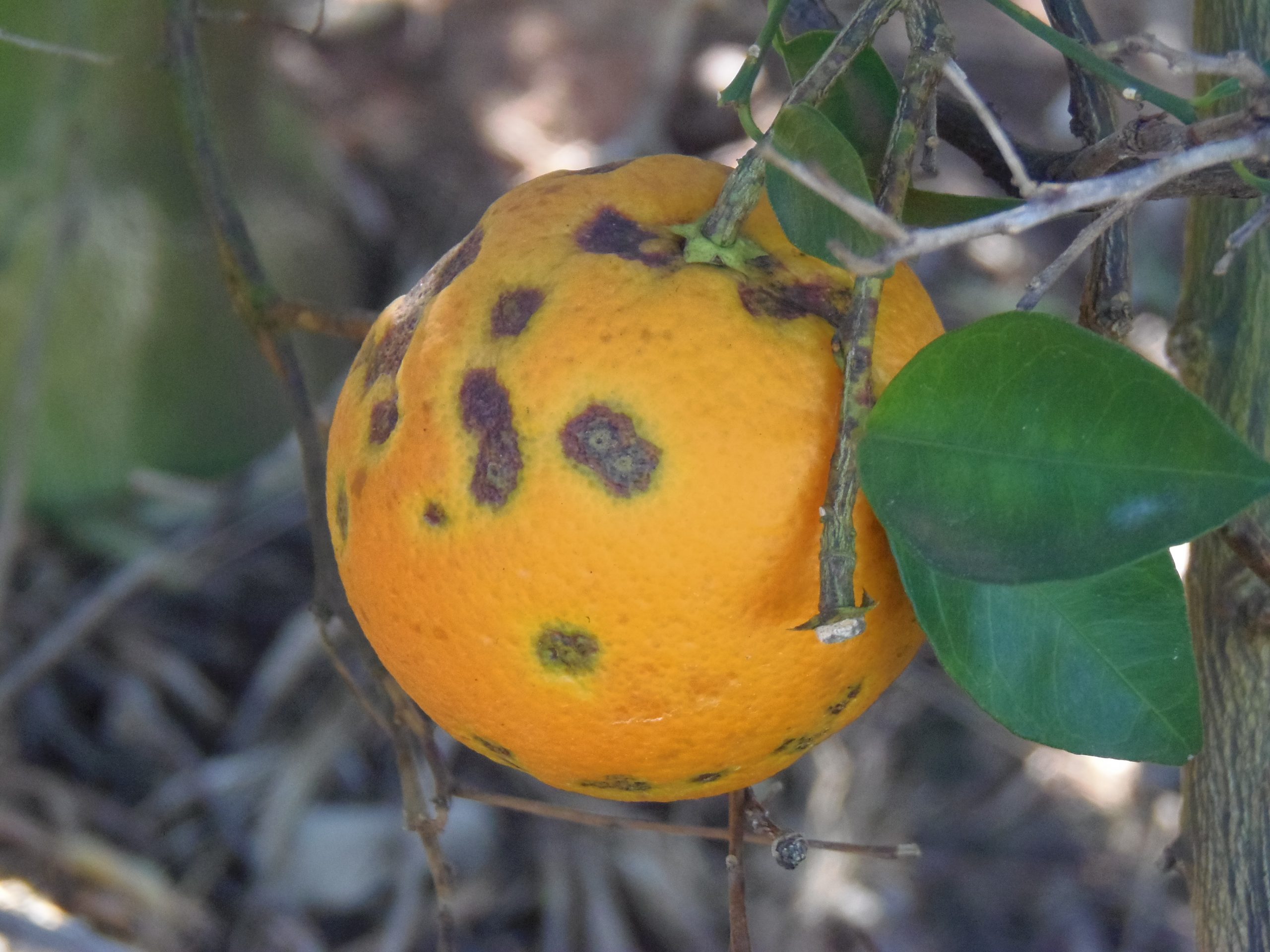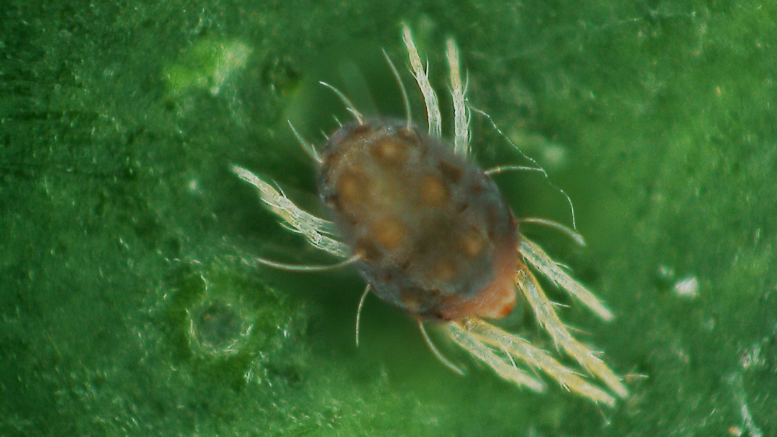“Often, when the farmer observes mites on the crops, the damage is already irreversible…”
Daniel Júnior de Andrade is a professor at Universidade Estadual Paulista – Unesp, coordinator of AcaroLab – Acarology Laboratory, agronomist and doctor in entomology and acarology from Unesp.

Daniel de Andrade, professor at Unesp
AgriBrasilis – What are the damages caused by mites that affect major crops?
Daniel de Andrade – Pest mites can cause enormous damage to major crops, such as reducing productivity and the quality of agricultural products. These small organisms damage leaves and young stems, compromising the plants’ photosynthetic capacity.
Some species of mites transmit phytopathogens (mainly viruses) that cause plant diseases. Furthermore, some mites can cause lesions that act as a gateway for opportunistic microorganisms, which damage plants or affect the quality of the final product.
AgriBrasilis – What is the importance of predatory mites?
Daniel de Andrade – Predatory mites are important natural enemies of pests. They can be found in the aerial part of plants and in the soil. They feed on pest mites, small insects and even nematodes.
In agriculture, predatory mites are fundamental in regulating pest populations and perform extremely important work in maintaining plant health. The main species of these mites belong to the Phytoseiidae family (phytoseiids), but there are several other important families in agriculture. Currently, many species are sold around the world (including in Brazil) as biological pest control agents

Citrus leprosis, transmitted by Brevipalpus yothersi. (Source: Daniel de Andrade)
AgriBrasilis – What are the recent cases of quarantine mites entering Brazil? What can we learn from these cases?
Daniel de Andrade – In Brazil, several quarantine pests have recently been introduced, including mites. Among the species of mites that have recently entered the country, the most notable are the lychee erinose mite (Aceria litchii), the red palm mite (Raoiella indica), the citrus Hindu mite (Schizotetranychus Hindustanicus) and the wheat curl mite (Aceria tosichella).
The introduction of a quarantine mite causes incalculable losses to agricultural production, as it can affect exports and reduce crop productivity. In some situations, the entry of a quarantine mite can significantly increase production costs and make agricultural activity economically unfeasible.
AgriBrasilis – Hormesis and ballooning are examples of strategies that mites use to perpetuate themselves in crops. How do these strategies work?
Daniel de Andrade – Mites use different strategies to survive and reproduce in nature. Hormesis and ballooning are two very important strategies used by mites to perpetuate themselves in crops. Hormesis is a word of Greek origin (hormaein) and means to excite. It is a phenomenon triggered in mite populations after the application of a certain product, mainly insecticides. For example, let us imagine a farmer who applies an insecticide to control boll weevil (Anthonomus grandis), and, a few days after application, a large outbreak of two-spotted spider mite (Tetranychus urticae) occurs. In this case, hormesis may have occurred, in which the dose of insecticide used stimulated the reproduction of the mite. This is an effect in which a certain product in low doses causes stimulation of reproduction and in high doses, it causes inhibition or death.
Ballooning is a dispersion behavior, observed in some species of tetranychids, where mites migrate to the highest parts of plants and form large mite balls and webs to take advantage of wind currents to be carried to other areas. It is an impressive behavior that allows mites to reach great distances.

Ballooning of Tetranychus ogmophallos. (Source: Daniel de Andrade)
AgriBrasilis – How mite control is carried out? Are there relevant cases of resistance to miticides?
Daniel de Andrade – Several methods are recommended for managing mites, such as quarantine measures, the use of resistant cultivars, the use of good cultivation practices, biological control, and chemical control.
Chemical control with miticides is the most used method due to its practicality and cost-benefit. However, using this method alone can result in several side effects, including resistance of mite populations to miticides. There are numerous reported cases of resistance of mite populations to miticides around the world. Among the species, the two-spotted spider mite (Tetranychus urticae) stands out, which in 2023 occupied the second position in the ranking of arthropods with the highest number of reported cases of resistance to chemical products. For this species alone, 557 cases of resistance have been reported for 96 different active ingredients.
AgriBrasilis – Are mites harder to control than other pests?
Daniel de Andrade – Generally speaking, mites are not harder to control than other pests. However, the small size of these organisms makes it very difficult to observe them at the beginning of infestations, a period in which control methods are more efficient.
Often, when the farmer observes mites on the crops, the damage is already irreversible. Another detail is that mites reproduce very quickly, as they have a short biological cycle, and females oviposit many eggs. Furthermore, the reduced number of miticides available on the market may also explain the difficulties in managing these pests.
AgriBrasilis – What products and management strategies are seen as the most promising for controlling pest mites? What technologies are under development?
Daniel de Andrade – Biological and natural products have been the most promising for managing mites in the medium and long term. Products based on entomopathogenic fungi and of botanical origin (extracted from plants) have shown interesting results in several cultures.
The development of adjuvants aimed at improving applications on crops also presents a promising future. Adjuvants with spreading, adhesive or translaminar action are some of these innovations. Furthermore, the use of predatory mites is an important strategy in the management of pest mites.
READ MORE:

